Cold Chain Monitoring Size
Cold Chain Monitoring Market Growth Projections and Opportunities
Refrigerated systems play a pivotal role in various sectors, with their importance particularly pronounced in critical areas such as hospitals, healthcare facilities, and logistics networks. Their primary function revolves around the preservation and transportation of vaccines and other biological materials that are highly susceptible to environmental factors like temperature and humidity variations. The efficacy of pharmaceutical products, especially vaccines and serums, is heavily reliant on their storage conditions post-manufacturing. The stringent requirement for these products to remain within specific temperature ranges, as specified by their respective manufacturers, is imperative for their potency and effectiveness. Hence, the storage and transportation of these heat-sensitive vaccinations necessitate specialized handling to safeguard their quality.
The term "cold chain" embodies the intricate process involved in shipping and maintaining the integrity of biological goods, incorporating sophisticated technologies like refrigeration systems and temperature-controlled environments. This intricate network underscores the critical role of cold chain monitoring systems within the healthcare industry. The effective monitoring of these facilities, coupled with prompt corrective measures in the event of any system failure, stands as a linchpin in ensuring the safety and efficacy of treatments administered to patients.
In healthcare settings, the reliance on refrigerated systems goes beyond mere convenience; it is a fundamental pillar in guaranteeing the potency of life-saving medications and vaccines. These systems act as custodians of public health, dictating the success or failure of vaccination campaigns and medical treatments. Without stringent temperature control and monitoring, the integrity of these vital pharmaceuticals could be compromised, rendering them ineffective or even harmful to patients upon administration. The ramifications of a breakdown in the cold chain can be severe, potentially resulting in wastage of precious medical resources and, more critically, putting individuals' health at risk.
The criticality of these refrigerated systems extends beyond healthcare, permeating into various other industries like food and beverage, where maintaining freshness and quality is paramount. However, their role in healthcare remains unparalleled, as they safeguard not just commodities but life-saving interventions. As technological advancements continue to progress, there emerges a pressing need for more robust, efficient, and reliable refrigeration systems and monitoring mechanisms to fortify the cold chain and ensure the continued delivery of safe and effective medical treatments worldwide.
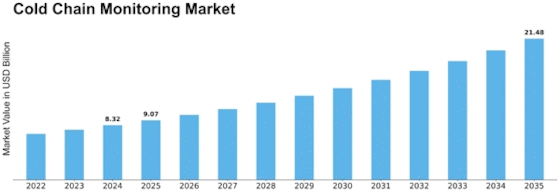
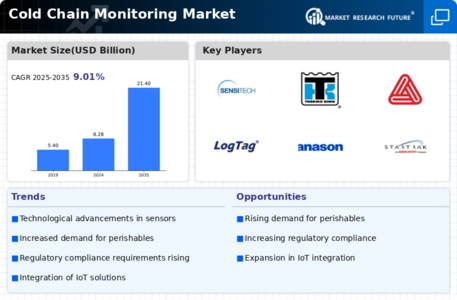
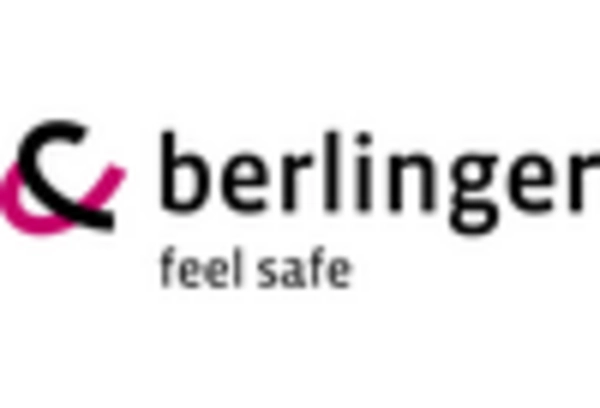
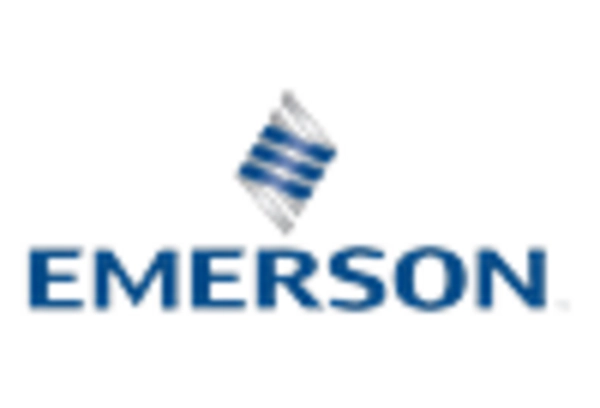
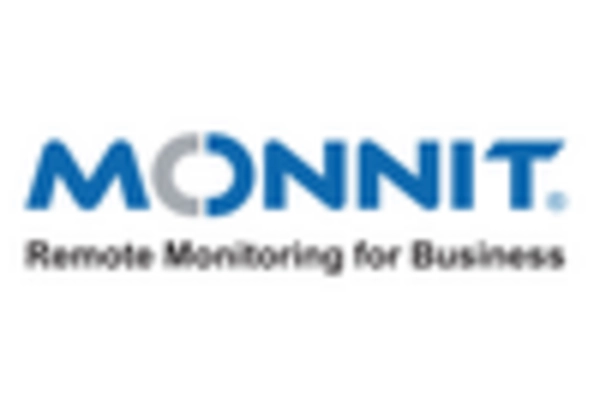


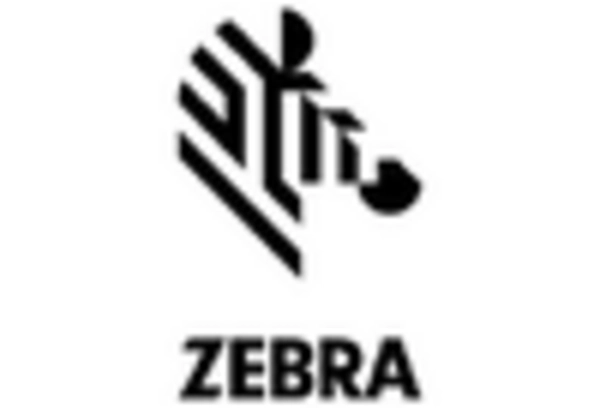









Leave a Comment